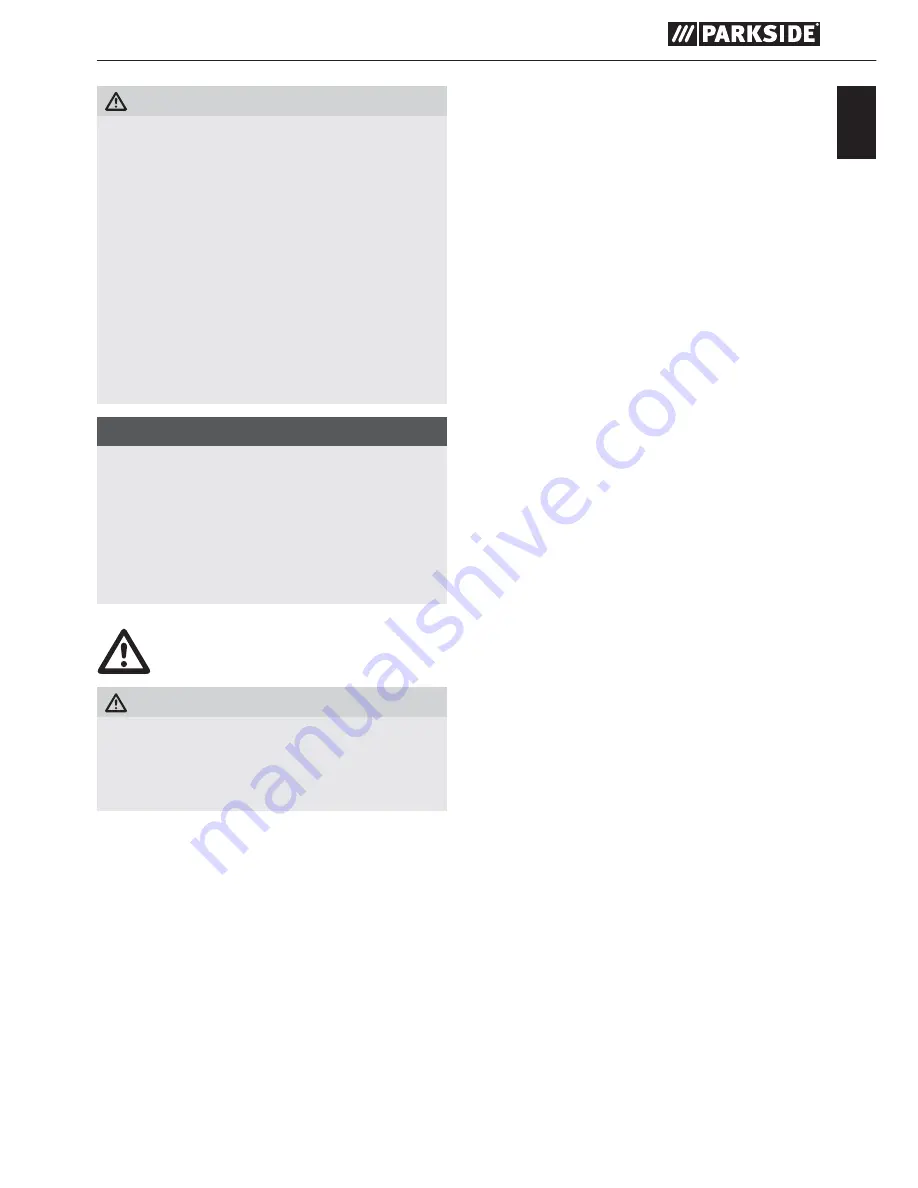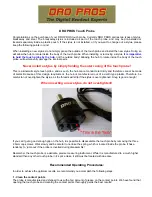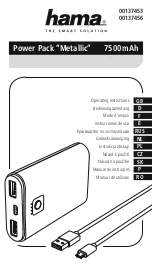
3
PSTD 800 A1
GB
WARNING!
►
The vibration level specified in these instruc-
tions has been measured in accordance
with the standardised measuring procedure
specified in EN 60745 and can be used to
make equipment comparisons. The specified
vibration emission value can also be used to
make an initial exposure estimate. The vibra-
tion level varies in accordance with the use of
the electric tool and may be higher than the
value specified in these instructions in some
cases. The vibration load could be underesti-
mated if the electric tool is regularly used in
such a way.
NOTE
►
For an accurate estimate of the vibration load
during a certain working period, the times
during which the appliance is switched off or
is running but not actually being used must
also be taken into consideration. This can
significantly reduce the vibration load over
the total working period.
General Power Tool
Safety Warnings
WARNING!
►
Read all safety warnings and all instructions.
Failure to follow the warnings and instructions
may result in electric shock, fire and/or serious
injury.
Save all warnings and instructions for future
reference.
The term “power tool” in the warnings refers to your
mains-operated (corded) power tool or battery-
operated (cordless) power tool.
1. Work area safety
a)
Keep work area clean and well lit.
Cluttered
or dark areas invite accidents.
b)
Do not operate power tools in explosive
atmospheres, such as in the presence of flam-
mable liquids, gases or dust.
Power tools create
sparks which may ignite the dust or fumes.
c)
Keep children and bystanders away while
operating a power tool.
Distractions can cause
you to lose control.
2. Electrical safety
a)
Power tool plugs must match the outlet. Never
modify the plug in any way. Do not use any
adapter plugs with earthed (grounded)
power tools.
Unmodified plugs and matching
outlets will reduce risk of electric shock.
b)
Avoid body contact with earthed or ground-
ed surfaces, such as pipes, radiators, ranges
and refrigerators.
There is an increased risk
of electric shock if your body is earthed or
grounded.
c)
Do not expose power tools to rain or wet
conditions.
Water entering a power tool will
increase the risk of electric shock.
d)
Do not abuse the cord. Never use the cord for
carrying, pulling or unplugging the power tool.
Keep cord away from heat, oil, sharp edges
or moving parts.
Damaged or entangled cords
increase the risk of electric shock.
e)
When operating a power tool outdoors, use
an extension cord suitable for outdoor use.
Use of a cord suitable for outdoor use reduces
the risk of electric shock.
f)
If operating a power tool in a damp location
is unavoidable, use a residual current device
(RCD) protected supply.
Use of an RCD
reduces the risk of electric shock.
3. Personal safety
a)
Stay alert, watch what you are doing and
use common sense when operating a power
tool. Do not use a power tool while you are
tired or under the influence of drugs, alcohol
or medication.
A moment of inattention while
operating power tools may result in serious
personal injury.
b)
Use personal protective equipment. Always
wear eye protection.
Protective equipment
such as dust mask, non-skid safety shoes, hard
hat, or hearing protection used for appropriate
conditions will reduce personal injuries.
Summary of Contents for PSTD 800 A1
Page 3: ......
Page 4: ...Ø 30 mm 395 mm 110 mm 120 mm 65 mm 205 mm Ø 30 mm 185 mm 260 mm 150 mm 30 mm Ø 30 mm x 400 mm ...
Page 22: ...18 PSTD 800 A1 ...
Page 40: ...36 PSTD 800 A1 ...
Page 58: ...54 PSTD 800 A1 ...








































